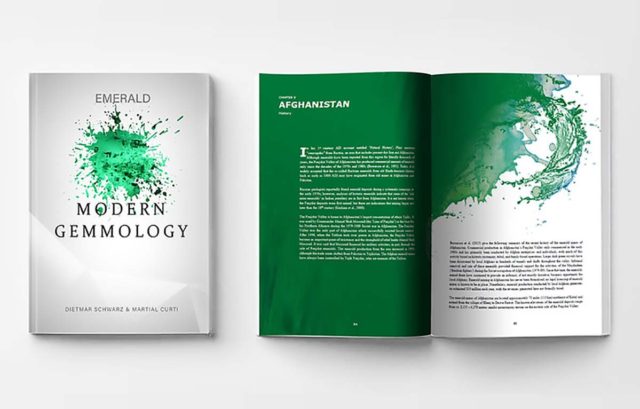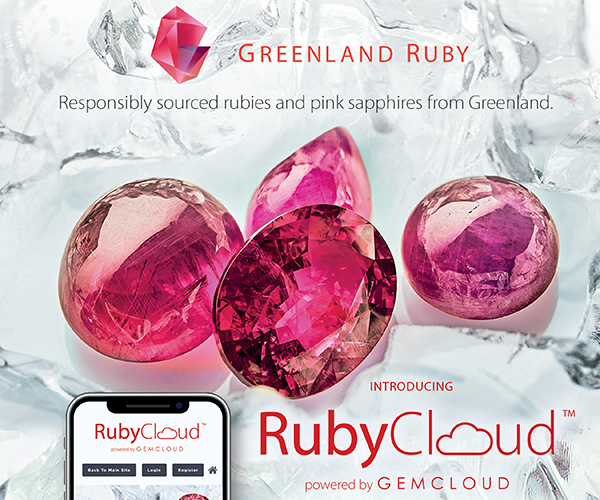Estimated reading time: 6 minutes
The book Emerald: Modern Gemmology is the first one to take a comprehensive look at emerald since the 1981 publication of Sinkankas’ Emerald & Other Beryls. Several fine volumes have been published in the interim: Ronald Ringsrud’s love letter, Emerald: A Passionate Guide (2009); Peretti & Falise, Magnificent Green: Emeralds of Pakistan, edited by Kazmi and Snee (1989); and Kris Lane’s excellent historical study of Colombian emerald, The Colour of Paradise (2010). Other than Kasmi and Snee, a highly technical work, the other books mentioned could be termed extended monographs on emeralds from a single source—Colombia.
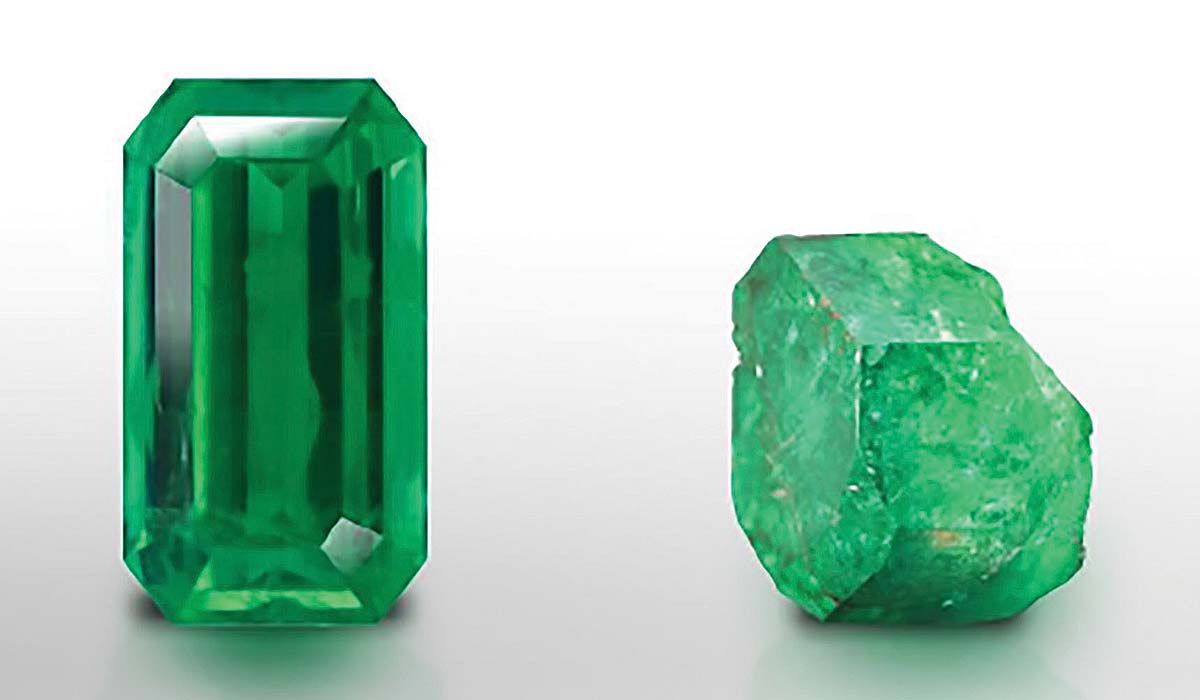
Emerald: Modern Gemmology takes a comprehensive gemological look at emerald from twelve countries: Afghanistan, Brazil, Colombia, Ethiopia, Madagascar, Nigeria, Pakistan, Russia, Tanzania, Zambia, Zimbabwe, and China. These are all important sources. All have either produced commercial quantities of emerald during the past several decades or have the potential to do so in the future.
In his Foreword, Professor Schwarz points out that the main job of the modern gemological laboratory is to determine country of origin. Given the many thousands, sometimes hundreds of thousands, dollars riding on a laboratory cert, the ability of a lab to get it right is a game played for very high stakes. The main thrust of the book is devoted to a discussion of the criteria necessary to
make an accurate determination of geographic origin. Another of the laboratory’s important jobs, the determination of the presence, type, and degree of artificial treatments—a particular thorny issue—is, unfortunately, not part of the discussion.
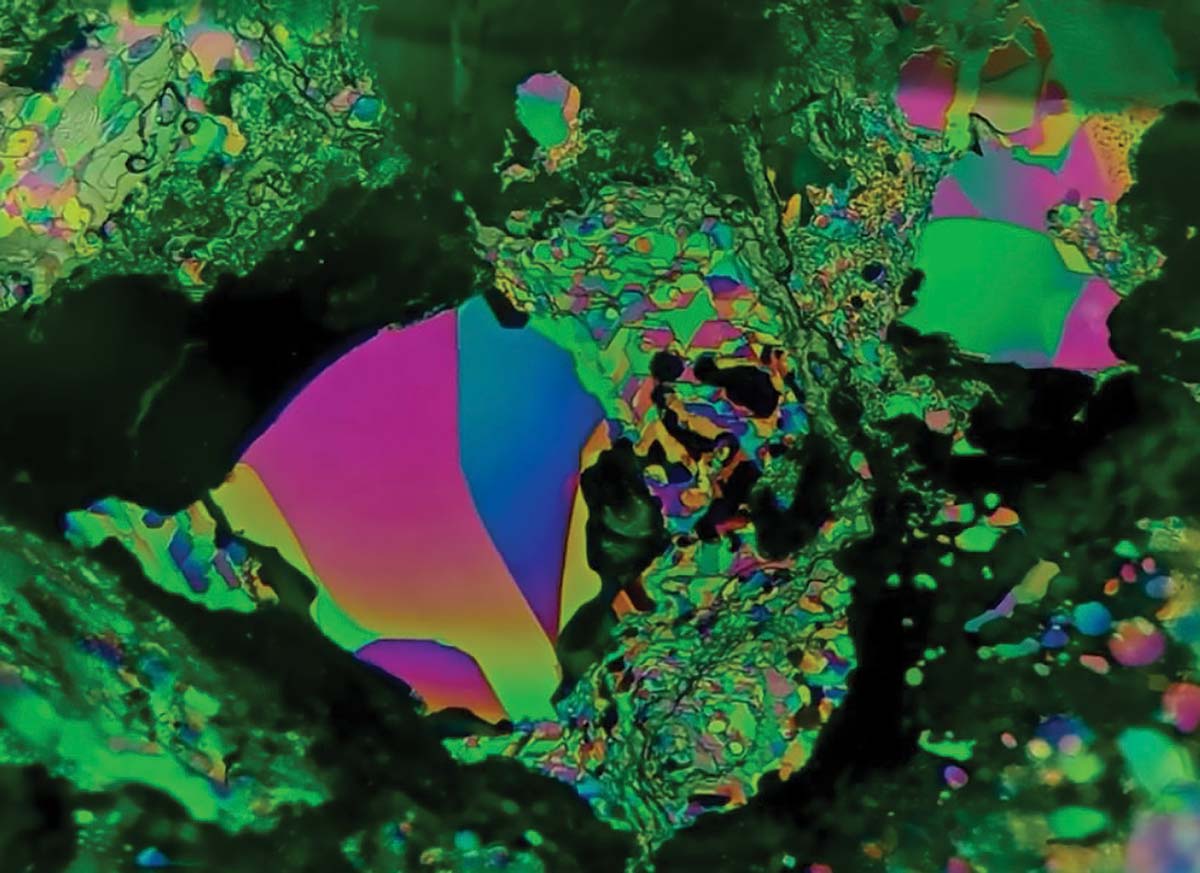
The book is primarily aimed at the professional gemologist. The authors distinguish between the traditional and the modern approach. Country of origin determination began with the work of Professor Eduard Gübelin in the 1950s and focused almost exclusively on inclusion study. This, Professor Schwarz calls the traditional method. Since then, the issue has become decidedly more complex.
In Chapter I, the authors begin by breaking down the modern approach to gathering the necessary gemological information into six steps or criteria: Chemical Fingerprinting, Internal Features (which remains the single most important study), Spectral Fingerprinting, Vibrational Fingerprinting, Isotopic Fingerprinting, and Physical-Optical Characteristics. The first four chapters provide a detailed overview of these six steps. The following twelve chapters discuss these criteria as they apply to deposits country by country.
I found the discussion of chemical fingerprinting in Chapter I of particular interest. The chemical trace elements found within a particular stone are reflective of the geological environment of the stone’s formation. Thus, the relative concentrations of these elements are extremely important factors in geographic origin determination. The authors discuss the various geological environments and provide graphs showing how the relative concentrations of elements necessary for origin determination, such as chromium, vanadium, and cesium, overlap in gems from various locations.
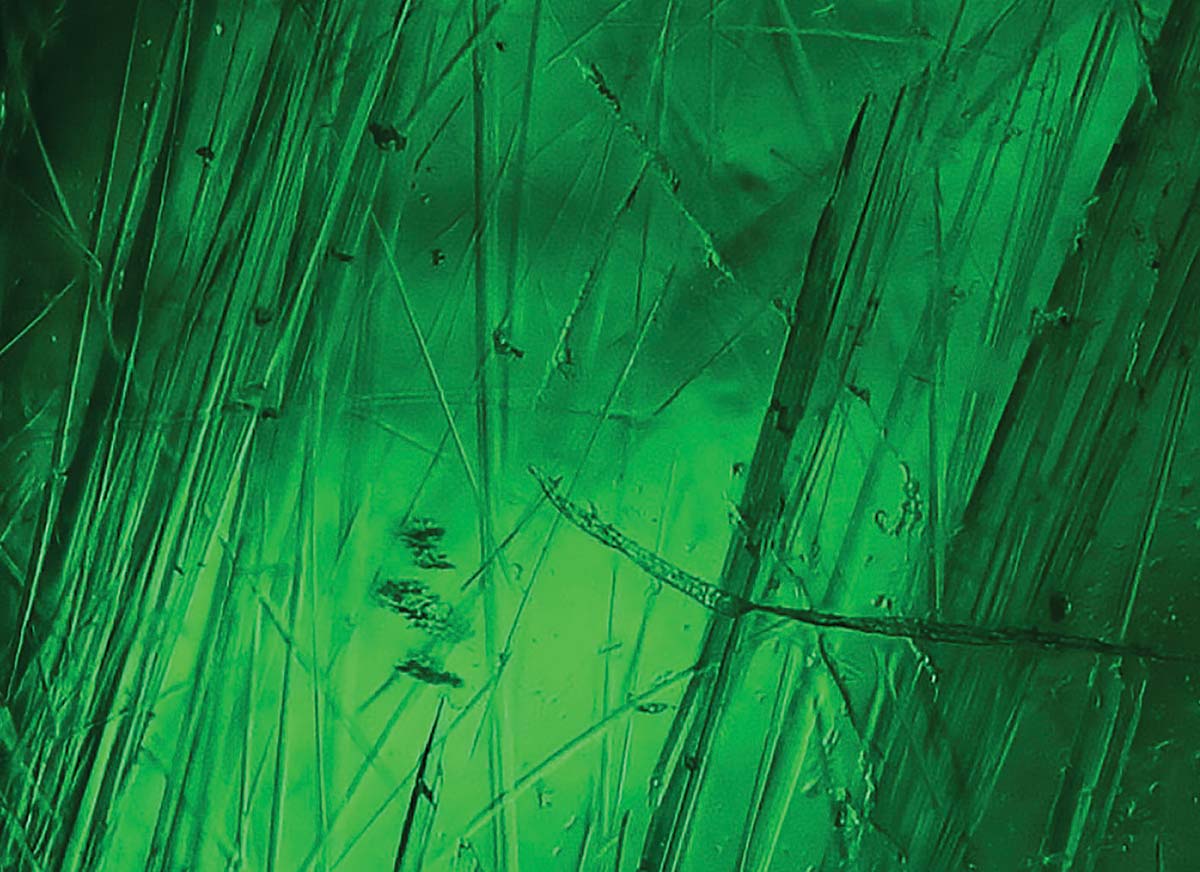
The section of isotopic fingerprinting will be of particular interest to historians and archaeogemologists. An article published in 2000 in Science magazine caused a minor sensation when measurement of the oxygen isotope in emeralds, with proven ancient pedigrees, demonstrated that one “Old Mine” emerald—thought to be of Colombian origin—was actually a Swat Valley gem, proving that this valley was an active mining area much earlier than previously thought. A very useful figure in Chapter I breaks down the relative oxygen isotope composition of emerald from historically important sources including the old Egyptian and Austrian mining areas.
The discussion of internal features, the traditional approach to origin determination, is discussed, in detail, in Chapter II. Inclusion study remains the most important single criterion and this discussion takes up by far the most space in the book. The text is enhanced by numerous color photomicrographs illustrating the various features discussed.
Chapter III, Geological-Genetic Considerations, discusses timescales of the formation of emerald types based on a scheme developed in 2019 (Giuliani et al.). This section is sumptuously illustrated with excellent photographs of mines and geological strata.
Chapter IV, Geographic Origin Determination, discusses its possibilities, methods and limitations.
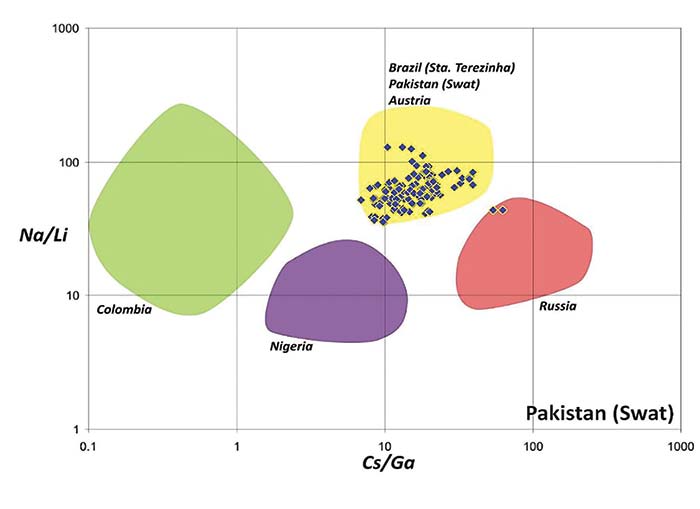
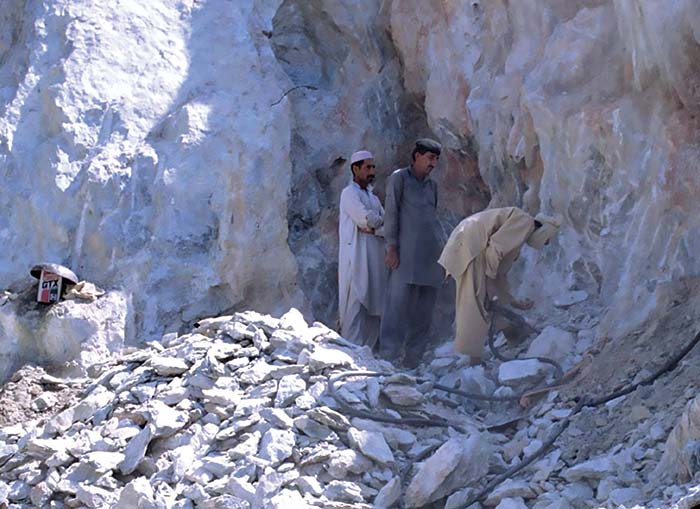
Each of the later chapters draws a detailed portrait of emeralds from one of the twelve countries. The authors systematically cover the six evaluation criteria in each chapter. Each begins with a onepage history of the deposit plus a lovely graphic of the location along with cartoons outlining the geology of the mining area. The last section of each is a photographic gallery of inclusions specific to the area.
The inclusion gallery photography, by Theodore Rozet and Martial Curti, is particularly well done. The images are sharp and well-focused and very useful for origin determination in the lab or in the field. Both photographic technology and color reproduction in print have made several leaps forward in recent years and those improvements are readily apparent in this beautifully produced volume.
The book includes an extensive bibliography, which suffers somewhat from the failure to list all references by primary author. The lack of both an assertion of copyright as well as a publication date are minor annoyances.
Sumptuously produced, Emerald: Modern Gemmology is an extremely important book. Reviewers typically say that a book is a “must have.” In this case, the words are not mere hyperbole. It is an essential volume for every serious gemologist. The book has been produced in a limited-edition of just 1000 copies. It would be advisable, therefore, to place your order immediately.



